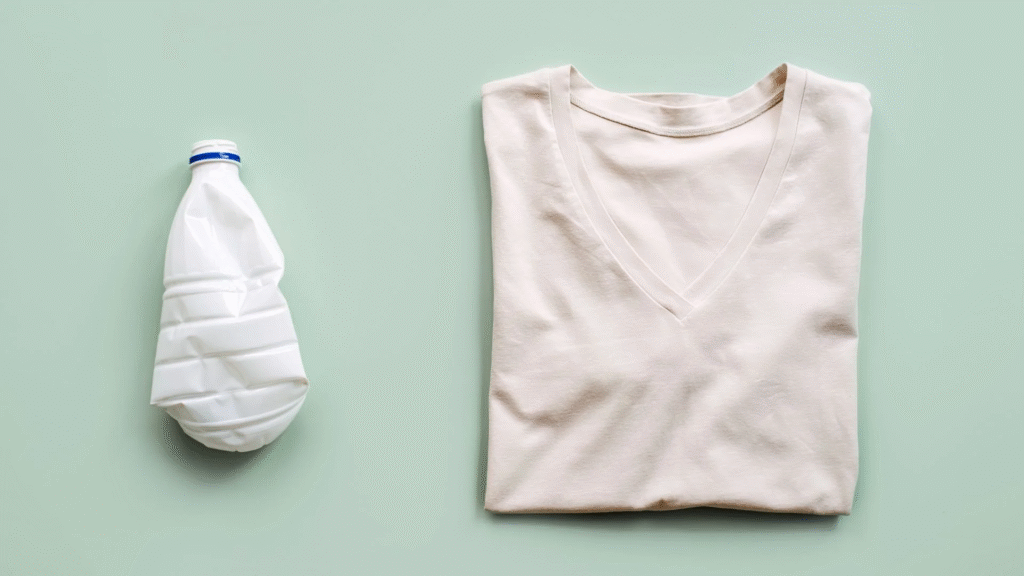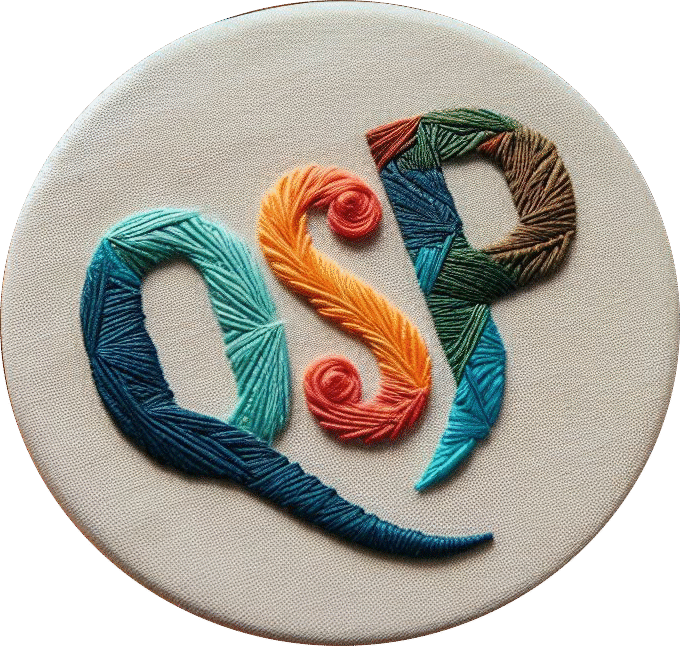Is it more advantageous to utilize natural fibres or synthetic fibres? This inquiry holds significant relevance in the contemporary textile industry, particularly as the ongoing transition towards sustainability profoundly influences the future of fashion. The decision between these two categories of fibres unequivocally impacts sustainability, fabric performance, and environmental impact. Natural fibres, originating from renewable sources, not only diminish our reliance on petrochemicals but also contribute to a reduced carbon footprint. Conversely, synthetic fibres frequently exhibit enhanced durability and elasticity, which appeals to brands seeking longevity in their products. As consumer awareness heightens and global regulations become increasingly stringent, comprehending the nuanced distinctions between these materials is imperative for brands, manufacturers, and end users who aspire to make more responsible choices. Furthermore, the incorporation of innovative technologies in the production of synthetic fibres can yield more environmentally friendly alternatives. The discourse extends beyond mere considerations of softness or strength; it encompasses the future of fashion, ethical implications, and the environment, urging stakeholders to deliberate on their selections judiciously and make informed decisions that align with sustainable practices and ethical benchmarks.
🧶 The Role of Natural Fibres in Sustainable Fashion
Natural fibres have been part of textile manufacturing for centuries. Sourced from plants or animals, such as organic cotton, wool, hemp or silk, they represent the backbone of many eco-friendly textiles. These fibres are breathable, biodegradable, and gentle on the skin, which makes them ideal for warm climates, sensitive skin, and sustainable fashion collections.
The textile industry values natural fibres for their comfort and visual appeal, yet their sustainability depends on how they are produced. While organic cotton has a lower environmental impact than conventional cotton, large-scale farming still demands careful water management and ethical labour practices. If not grown responsibly, even natural fibres can generate negative environmental consequences.
🧬 Why Synthetic Fibres Dominate the Textile Industry
Synthetic fibres, such as polyester, nylon and elastane, are engineered through chemical processes using petroleum-based materials. They became popular due to their affordability, technical performance and resilience, and today they dominate fast fashion, outdoor gear, and performance sportswear.
Their widespread use in the textile industry is due to their long-lasting nature, ability to retain shape and quick-drying properties. However, synthetic fibres pose a serious environmental risk. They are not biodegradable and take centuries to break down. Moreover, every time they are washed, they release microplastics into the water system — microplastics that eventually find their way into rivers, oceans and even the food chain.

In recent years, recycled polyester has emerged as a more conscious alternative. It uses plastic waste, often from PET bottles or old textiles, and transforms it into new fabric. This solution reduces the need for virgin oil-based resources and supports a more circular textile system. Still, even recycled polyester sheds microplastics, so while it’s a step forward, it is not the final answer.
🔄 Blended Fabrics and the Complexity of Circular Fashion
Blended fabrics, which combine natural and synthetic fibres, are increasingly used to create textiles that balance softness with strength, or breathability with elasticity. A cotton-polyester blend is commonly found in t-shirts, uniforms and household fabrics. These combinations meet technical and commercial needs but complicate sustainability efforts.
From a recycling perspective, blended textiles are difficult to process. Separating the fibre types is often economically unfeasible and technologically limited. This undermines the principles of circular fashion, where products should be designed for longevity, reuse and recyclability. The textile industry now faces the urgent challenge of creating fabrics that perform well but can also return safely to the environment or re-enter the production cycle without causing harm.
🌱 A Full Lifecycle View of Sustainability
Choosing between natural and synthetic fibres cannot be separated from the larger discussion of sustainability. A truly responsible fabric choice must consider every stage of the product lifecycle, from raw material sourcing and energy use to water consumption, carbon emissions and end-of-life disposal.
Natural fibres, particularly those certified as organic, offer advantages such as biodegradability and non-toxicity. Yet their farming can still involve land use conflicts and water stress if not properly managed.

Synthetic fibres, although technically advanced, remain rooted in fossil fuel extraction and continue to contribute to plastic waste. Recycled polyester offers some relief by repurposing waste materials, but its long-term environmental footprint still needs to be minimised. The textile industry must go beyond choosing between fibre types and instead adopt ethical production models, invest in green technology, and implement full supply chain transparency.
👗 When to Choose Natural or Synthetic Fibres
The decision depends entirely on purpose and values. If you are producing activewear, uniforms or outerwear that demands high durability, synthetic fibres may still be the preferred choice. However, for day-to-day clothing, loungewear, or garments close to the skin, natural fibres offer a more breathable and gentle experience, especially when sustainability is a core brand principle.
Many fashion brands now favour natural or recycled materials as part of their commitment to responsible fashion. Others adopt a hybrid approach, incorporating both fibre types while improving production ethics. In any case, the environmental impact of each decision should be assessed beyond just the fabric itself — including packaging, dyeing methods, transportation and care.
🧠 Building a Responsible Textile Industry
The debate between natural and synthetic fibres is not about declaring one better than the other. It’s about recognising their strengths and weaknesses, understanding their environmental implications, and applying them appropriately within the context of sustainable development.
A cleaner textile industry does not come from favouring a single fibre, but from integrating smart material choices with ethical production and innovative design. As the industry shifts towards eco-conscious models, and as consumers demand transparency, there is an opportunity to lead the way in circular fashion, biodegradable solutions and sustainable sourcing.

Whether through organic cotton, recycled polyester or entirely new fibres, the future of fashion depends on how wisely we choose the materials we wear. Every fibre has a story — and your choice shapes that story’s impact on the world.


Deja una respuesta